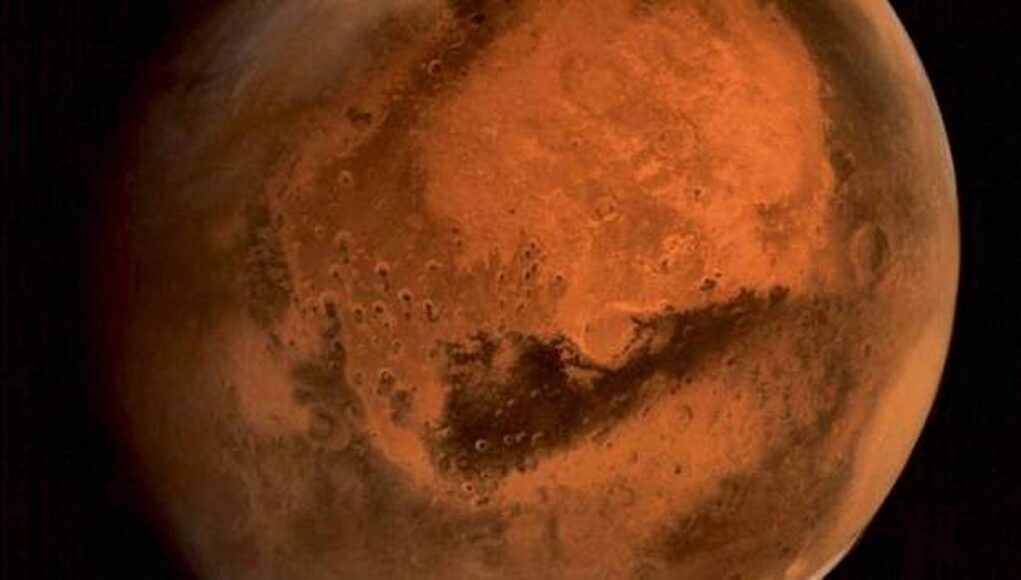Source : NEW INDIAN EXPRESS NEWS
BEIJING/CANBERRA: Evidence is mounting that a secret lies beneath the dusty red plains of Mars, one that could redefine our view of the Red Planet: a vast reservoir of liquid water, locked deep in the crust.
Mars is covered in traces of ancient bodies of water.
But the puzzle of exactly where it all went when the planet turned cold and dry has long intrigued scientists.
Our new study may offer an answer.
Using seismic data from NASA’s InSight mission, we uncovered evidence that the seismic waves slow down in a layer between 5.4 and 8 kilometres below the surface, which could be because of the presence of liquid water at these depths.
The mystery of the missing water, Mars wasn’t always the barren desert we see today. Billions of years ago, during the Noachian and Hesperian periods (4.1 billion to 3 billion years ago), rivers carved valleys and lakes shimmered.
As Mars’ magnetic field faded and its atmosphere thinned, most surface water vanished.
Some escaped to space, some froze in polar caps, and some was trapped in minerals, where it remains today.
But evaporation, freezing and rocks can’t quite account for all the water that must have covered Mars in the distant past.
Calculations suggest the missing water is enough to cover the planet in an ocean at least 700 metres deep, and perhaps up to 900 metres deep.
One hypothesis has been that the missing water seeped into the crust.
Mars was heavily bombarded by meteorites during the Noachian period, which may have formed fractures that channelled water underground.
Deep beneath the surface, warmer temperatures would keep the water in a liquid state, unlike the frozen layers nearer the surface.
A seismic snapshot of Mars’ crust In 2018, NASA’s InSight lander touched down on Mars to listen to the planet’s interior with a super-sensitive seismometer.
By studying a particular kind of vibration called — shear waves, we found a significant underground anomaly: a layer between 5.4 and 8 kilometres down where these vibrations move more slowly.
This low-velocity layer is most likely highly porous rock filled with liquid water, like a saturated sponge.
Something like Earth’s aquifers, where groundwater seeps into rock pores.
We calculated the aquifer layer on Mars could hold enough water to cover the planet in a global ocean 520,780 m deep, several times as much water as is held in Antarctica’s ice sheet.
This volume is compatible with estimates of Mars’ missing water (710- 920m), after accounting for losses to space, water bound in minerals, and modern ice caps.
Meteorites and marsquakes We made our discovery thanks to two meteorite impacts in 2021 (named S1000a and S1094b) and a marsquake in 2022 (dubbed S1222a).
These events sent seismic waves rippling through the crust, like dropping a stone into a pond and watching the waves spread.
InSight’s seismometer captured these vibrations.
SOURCE :- NEW INDIAN EXPRESS








